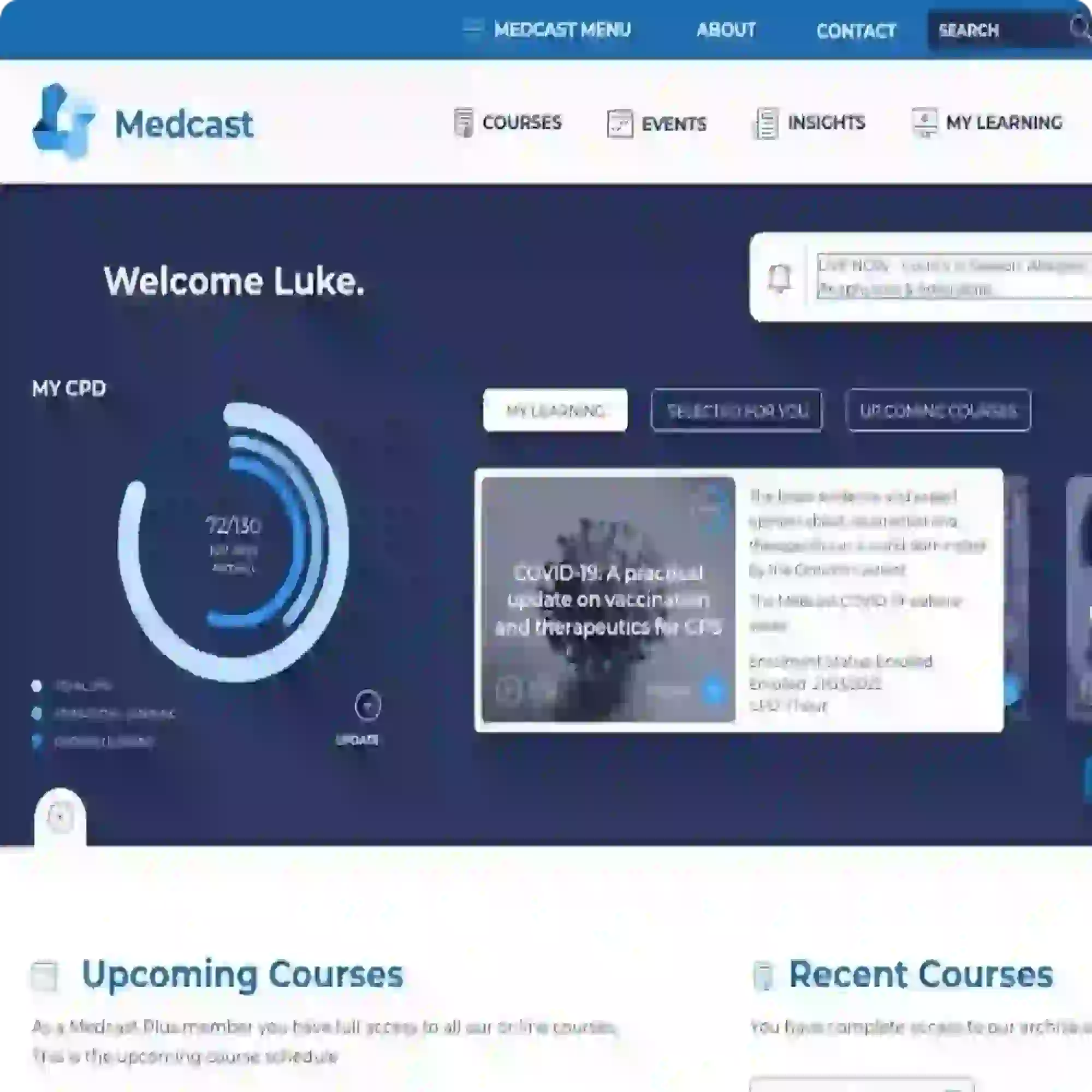Resuscitation trolley checking: Making it a priority
Resuscitation trolley checking: Making it a priority
Who checks the resuscitation or emergency trolley in your workplace? It’s easy to find guidelines about what items to include on the trolley, depending on your clinical environment. What’s not as easy is how to ensure that staff prioritise completing the checks, especially when you consider the ever-expanding lists of tasks that must be performed. Managers and educators often report that checks are not attended daily, and staff can feel singled out if they are always tasked with the resuscitation trolley checks.
Some tips to encourage resuscitation trolley checking:
- Check the trolley with new staff and students. By taking the time to orient them with the equipment, you can impart procedural and organisational knowledge that takes time to build otherwise.
- Rotate the staff who attend the checks. It reduces the workload on specific individuals, and helps all staff know where each item is located.
- Prioritise the replacement of expired or about to expire equipment and medications. If you take the position that it’s important to replace these before they expire, others will follow your example.
- Minimise the extra items on the trolley. Reducing the clutter also reduces the amount of time spent doing daily checks. Also, less clutter means less stress in an emergency when trying to locate and access the item(s) required. Remember that as anxiety levels go up, performance usually goes the other way!
- Ask the staff what makes checking the trolley difficult. Is it the time required, the clinical demands, or even the location of the trolley? By engaging with the staff, you can overcome the challenges together.
Related courses
Paediatric Advanced Life Support (PALS)
References:
Australian Resuscitation Council & New Zealand Resuscitation Council, Clinical Standards for Resuscitation, published 3 September 2014, https://resus.org.au/standards-for-resuscitation-clinical-practice-and-education/

Crystal Smith is a Senior Education Consultant for Critical Care Education Services (part of the Medcast Group). She has a clinical background in critical care, paediatrics and education.
Become a member and get unlimited access to 100s of hours of premium education.
Learn moreFollow James, a 7-year-old boy scheduled for a tonsillectomy and adenoidectomy, as we explore how the 4 P’s of child preparation – Prepare, Play, Parent, Praise – can be used in day surgery to reduce procedural anxiety, support family-centred care, and improve the overall patient experience
Caregiver concern is a powerful predictor of clinical deterioration in children, often surpassing abnormal vital signs. A recent Lancet study confirms its association with ICU admission and ventilation. Integrating caregiver input into assessments, documentation, and escalation protocols can significantly improve early recognition and outcomes in paediatric emergency care.
Sepsis is a time-critical medical emergency. The National Sepsis Program urges GPs and primary care clinicians to enhance early recognition and management of sepsis to save lives. This update outlines key actions and available resources to support timely diagnosis and intervention across primary care settings.
